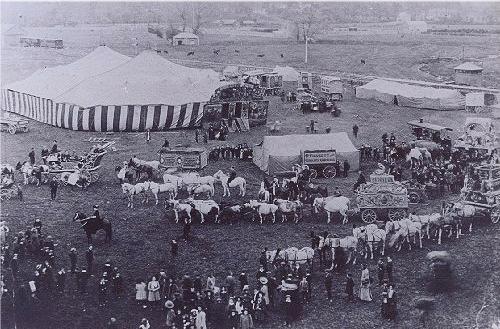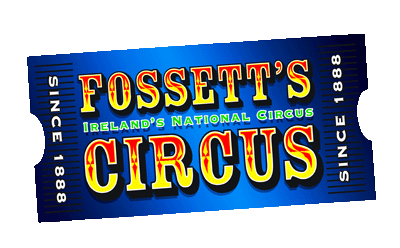Our History
Funfair Hires have historical family links to both the Fairground and Circus industry
Our great grandparents are Twigdons, Fossetts and Appleton’s
The name Twigdon was a famous in the Victorian and Edwardian periods, mostly in the North and East Midlands, and especially at Nottingham Goose Fair, where, up to 1908, our family had provided some of the main machines for a great many years.
The Twigdon's were credited with bringing the roundabout to the British Fairground and were providing fairground amusements from the early 1850's.
The senior member of the firm was our Great Great Uncle George Twigdon. His first ride was a Sea-on-Land roundabout, which he continued to travel up to 1900. He had a big standing top Switchback, which had gilded chariot cars that were later changed to Venetian Gondolas. The organ on the ride was unique, having eleven moving figures on it. Two of them, one each side were life-sized and held the drums. In 1889, he had a Savage Three-abreast centre engine No. 479. During the Boer War the horses on this were given generals' heads.
Another famous Twigdon was George's brother Arthur, who also had a Gondola Switchback (spinning top), which had a fine paper organ in 1899, one of the first lot to come over here from Gavioli's. Uncle Arthur Twigdon was married to Maria Proctor (the daughter of circus proprietor Robert Proctor) and he became known for travelling one of the early 'travelling cinemas'.
At the time of the 1891 census Arthur, aged 27, was proprietor of a switchback and in 1901 he was a roundabout proprietor. At Lynn Mart in 1899 he had two brand new attractions, a Bioscope Show and a Four-abreast set of Ostriches, opened there for the first time. The Bioscope Show was owned jointly by him and John Proctor, and as Twigdon and Proctor's Show, was at the Goose Fair in 1900 and 1901, and also at St. Giles' Fair, Oxford, in 1901. Twigdon's Show was at Oxford again in 1904. Other places visited were Coventry, Leicester, Lincoln, Burton and Birmingham (1902). By 1906 Arthur Twigdon changed his two-wagon fronted show to a big organ front, with one of the big 110 Key Gavioli organs. This show was named Wonderland. This show and the Twigdon riding machines made their last appearance at Nottingham Goose Fair in 1908.
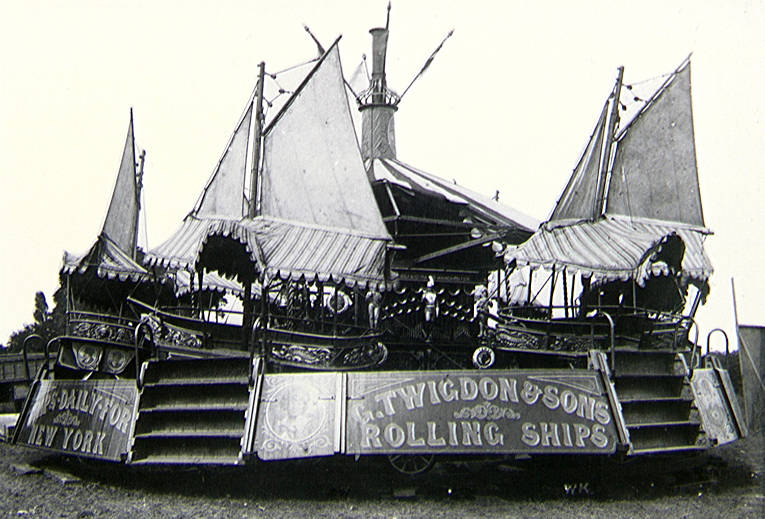 Twigdon's Sea on Land
Twigdon's Sea on Land
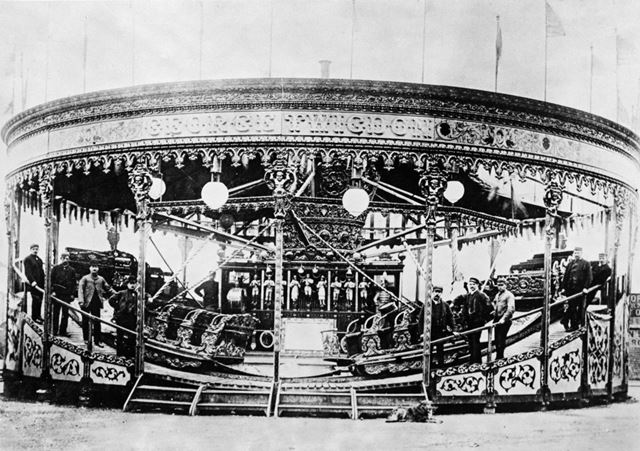 Twigdon's Gondola's
Twigdon's Gondola's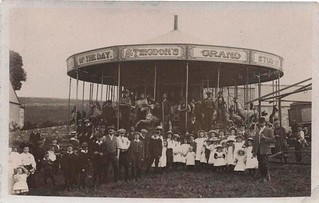 Twigdon Family & Friends
Twigdon Family & Friends
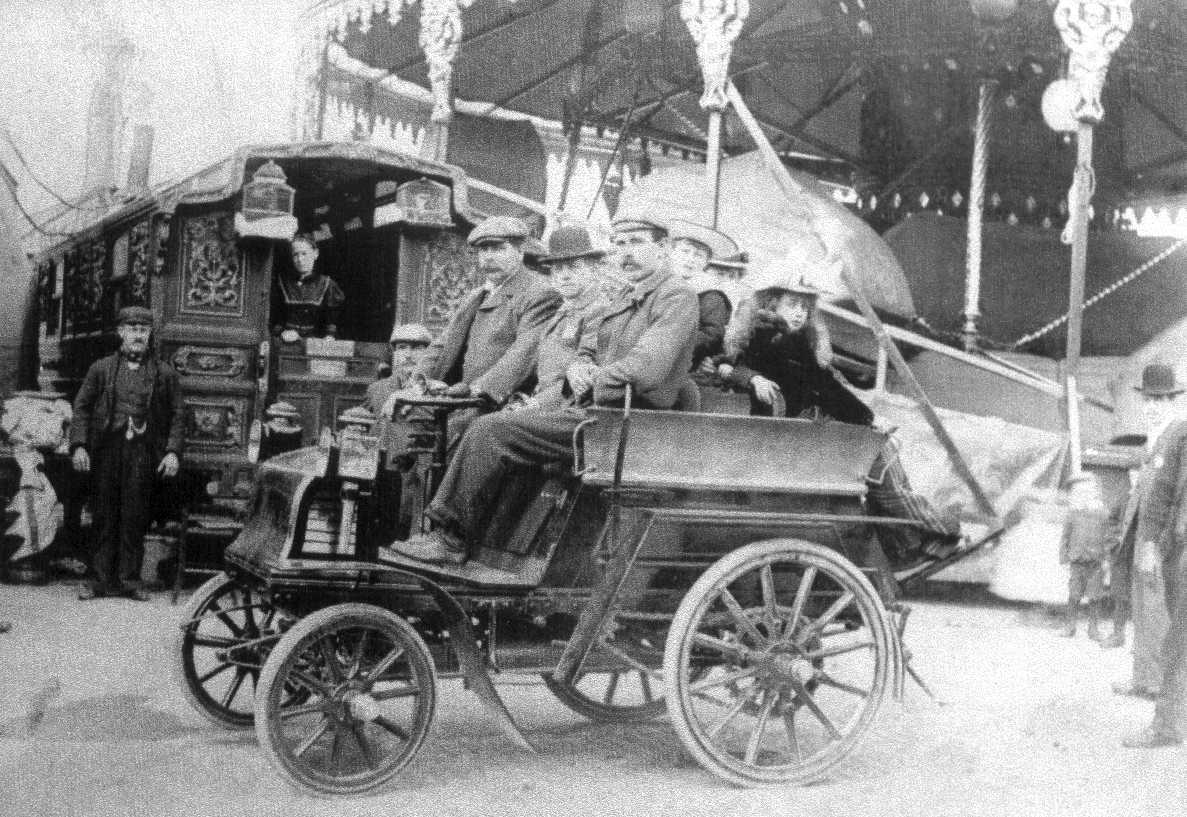 Great Grandma at the back
Great Grandma at the back
Fossett Cirus - c1900 - 1910
The Fossett family is one of the oldest circus families still in existence and one of the most prolific ones with branches of the family in England, Ireland and America. The first itinerant performer of the family was the first Robert Fossett, who started making a living as a child selling almond rock in the streets of London in the early 1900s. He first became a showman performing with trained birds and ponies until he was able to run his own small family circus.
The second Robert Fossett, son of the first Robert Fossett, became one of the greatest bareback riders in the world. He continued travelling the family circus around England in the summer season, while in the winter he had a static circus in a disused tunnel under the Thames.
The third Robert Fossett, son of the second Robert Fossett, followed his father’s footsteps to become a great trick rider. For some years he left his father's circus and travelled with Bostock's Circus and Menagerie around England and Ireland. Upon his return to England, he found the family business had been struggling and had to be saved by Lord George Sanger, who bought it at auction and gave it back to the Fossett family.
At this point Fossett Circus joined the Bostock brothers to present a combined show and menagerie. This arrangement continued successfully for several years with Robert Fossett as Ringmaster as well as presenting his celebrated riding act. Robert married Isabelle Bailey, daughter of the co-lessee of the Agricultural Hall, who joined her husband’s circus managing the finances. Robert and Isabelle had three children one of which was also called Robert (Bobby) who continued with the equestrian tradition, Bailey who trained wild animals and Mary who performed as a circus ballerina and dog trainer. By this time the Fossett Circus was a true family affair with parents, children, uncles and cousins involved in every performance genre and aspect of the business.
The circus prospered and grew after the Second World War gaining fame around the UK and Europe and becoming a source of trained animals to circuses around the continent as well as the film industry.
Towards the end of the 1958 season Bobby married Pauline Biddall, a wire walking artiste and the fifth generation of Robert Fossetts was born that year. Bobby died shortly after in 1959.
The Fossett circus continued operating through the twentieth century in England and Ireland with two branches of the business; Sir Robert Fossett’s Circus and Fossett Brothers Circus and continues into the twenty first century.
Did you know: Aled Jones famous from singing “walking in the air” from the animation the Snowman, is married to Claire Fossett of the distinguished Circus family where she was a trapeze artist, their daughter Emilia Jones was nominated and won an Oscar in 2022 for her role in Coda – maybe performing is in our blood.
